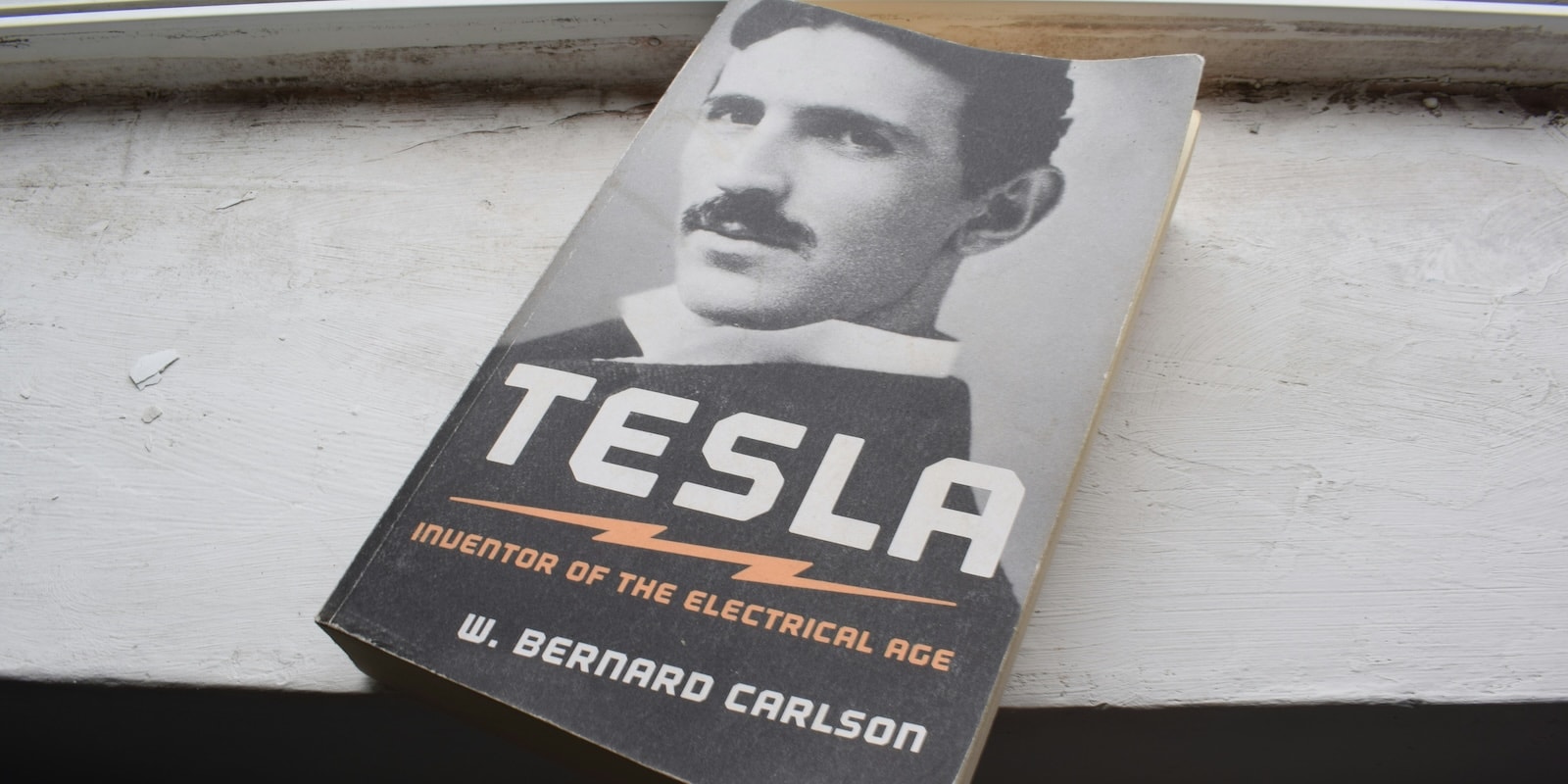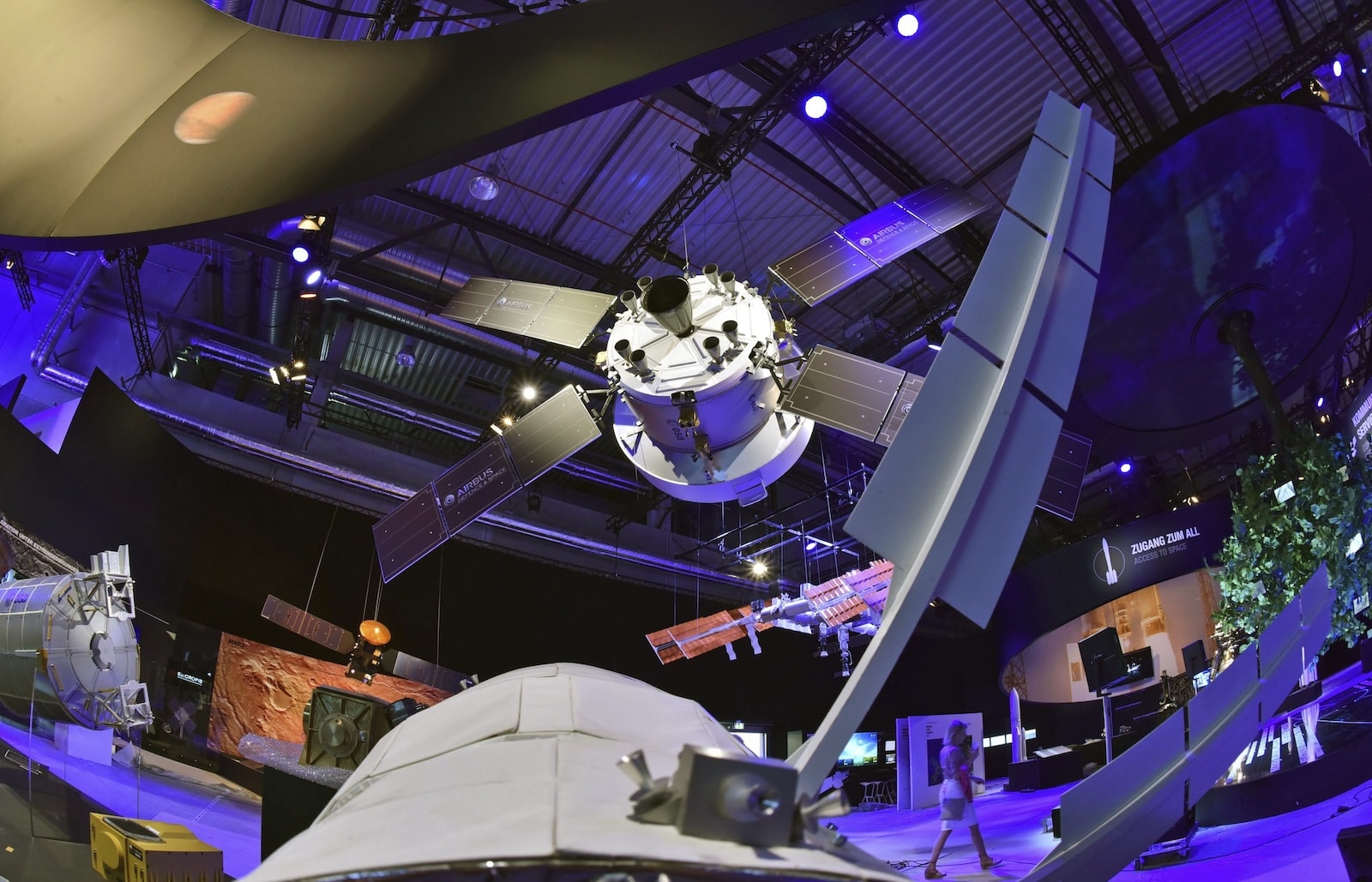Wednesday, September 17, 2025
Surely the name Tesla rings a bell because of the electric car brand, but... did you know that this company actually took its name from the last name of a brilliant mind from the past? Nikola Tesla, the visionary Serbian-American genius, laid the groundwork for many of the solutions we now consider essential in the field of sustainability. His inventions, developed over a century ago, not only revolutionized the electrical industry, but also laid the foundation for a more efficient and, ultimately, more sustainable use of energy.
We present to you five of his most influential inventions and how his legacy continues to influence the search for a greener planet.
Alternating current (AC): the engine of modern energy
Among Nikola Tesla's inventions, the alternating current (CA) system stands out as the most transcendental. Unlike Edison’s direct current (CC), AC allowed electricity to be transported efficiently over thousands of kilometers with minimal loss.
This large-scale transmission capability is the cornerstone of our modern electrical infrastructure. Without alternating current, the idea of generating electricity in large power plants (hydroelectric, wind, or solar) and distributing it to distant cities and homes would be unfeasible. This efficiency in transmission is crucial for sustainability, as it minimizes energy waste from the source to the final consumption.
The Tesla transformer: efficiency in energy transmission
Directly linked to alternating current, the transformer is another fundamental invention. It makes it possible to increase or decrease the AC voltage with minimal energy loss. This is vital for the transmission of electricity, as the voltage is increased to transport it efficiently over long distances (reducing heat loss) and then lowered for its final use.
The efficiency of modern transformers is a key factor for energy sustainability. Each percentage point of improvement in transmission efficiency translates into less energy generated (and therefore, less resources consumed or emissions produced) to meet the same demand. Without transformers, the power grid would be much less efficient and, therefore, less sustainable.
The Induction motor: efficiency in motion
Tesla’s alternating current induction motor is the workhorse of modern industry. Unlike DC motors, induction motors are more robust, require less maintenance, and are more efficient
in many industrial and household applications. From appliances to heavy machinery, Tesla’s induction motor technology is everywhere.
The efficiency of these motors is vital for sustainability. A more efficient motor consumes less electricity to perform the same work, which translates into lower overall energy consumption. According to the International Energy Agency, electric motors represent approximately 45% of the electricity consumed globally in industry and in buildings. Improving their efficiency—a field where Tesla’s foundation remains relevant—is one of the most effective ways to reduce global energy consumption and associated emissions.
Tesla and the idea of Universal Renewable Energy
Although not all of Nikola Tesla’s inventions came to fruition, his vision of a global and wireless energy system continues to inspire advances in sustainability. His concept of the Wardenclyffe Tower not only sought wireless transmission of energy but was also based on the idea of harnessing the energy of the Earth and the atmosphere.
While his specific methods did not materialize as he expected, his vision of abundant and accessible energy for all—sourced from non-polluting origins—resonates deeply with today’s sustainability goals. The pursuit of universal renewable energy, whether through solar, wind, or geothermal power, is the realization of his dream of a clean and equitable energy future. In Spain, the penetration of renewable energies in electricity generation has reached historic milestones, exceeding 50% of total production in 2023, according to data from Spanish Electric Grid (REE - Red Eléctrica de España). This advance is a step towards Tesla's vision of clean and accessible energy.
The Tesla Coil: foundation for wireless technologies
The Tesla coil, a resonant transformer capable of producing very high voltages, is perhaps his most iconic invention. His principle of resonance and wireless energy and data transmission has been fundamental for the development of modern technologies.
From radio to wireless communication, magnetic resonance, and more recently, wireless charging of electronic devices, Tesla's coil laid the foundation. Wireless charging, for example, reduces the need for cables and connectors, which over time can decrease material consumption and the generation of electronic waste. The research in this field, inspired by Tesla, seeks to make it more sustainable and ubiquitous.
The legacy of Nikola Tesla in current sustainability
Nikola Tesla's inventions not only propelled the Second Industrial Revolution, but also laid the groundwork for a future that is more energy efficient and, by extension, more sustainable. His alternating current system, transformers, and induction motors are invisible yet fundamental pillars of our current energy infrastructure, enabling the efficient transmission and use of electricity.
His dream of clean and universal energy continues to inspire the global energy transition toward renewables. By understanding and appreciating his legacy, we can recognize that sustainability is not just a future goal, but a path paved by the brilliance of minds like Tesla’s, whose innovations continue to resonate in every step toward a more sustainable planet.
¿Te ha parecido interesante?





